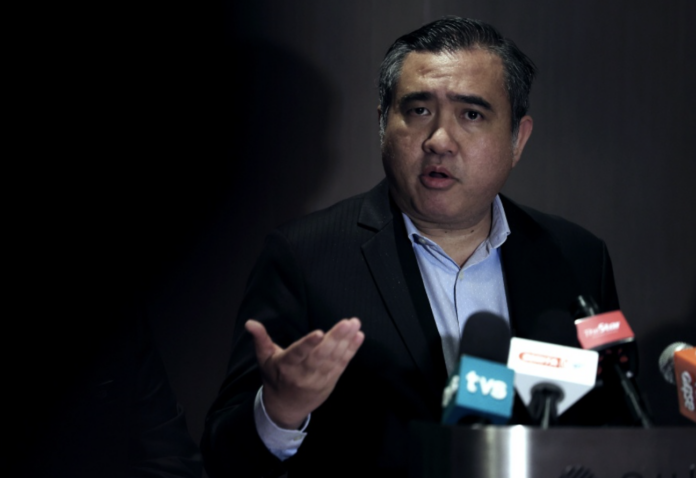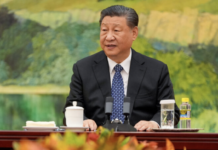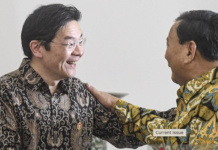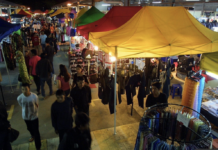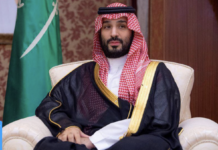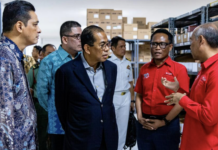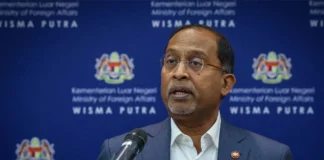KUALA LUMPUR, Oct 11 — Air passenger traffic in Malaysia has recorded an increase of 71.7 per cent in the first nine months of the year compared to the same period last year, said Transport Minister Anthony Loke.
He said that from January to September this year, 62.83 million air passengers were recorded and, for September alone, a total of 7.17 million air passengers were recorded, of which 3.3 million were international passengers and 3.85 million domestic passengers.
“We expect that next year, the air passenger traffic will return to pre-COVID-19 levels in 2019. This is, of course, very important for the development and growth of not only the aviation sector but also the Malaysian economy.
“This is important from the aspect of the presence of foreign tourists in Malaysia because the tourism sector is one of the main catalysts in terms of national economic growth (as it) involves sectors like services, hospitality, retail and so on,” he said.
Loke said this at a press conference after chairing the National Aviation Consultative Council (NACC) meeting here today.
He said in 2019, Malaysia handled nearly more than 100 million air passengers in all airports nationwide, and he expects to achieve 80 per cent or more than 80 million air passengers by the end of this year.
Loke said that’s why the NACC has an important role to play as a platform to connect stakeholders from airports, airline companies and ground-handlers to cooperate in ensuring the smooth running of the aviation sector and further increase connectivity to more destinations.
“We are still behind in terms of connectivity in ASEAN and we are trying to ensure we continue to be in a better position.
“In terms of ASEAN airports index connectivity, we are behind Singapore, Bangkok (Thailand) and Manila (the Philippines)…we are in fourth place, with the number of destinations we have from Malaysia at 90 in 2023 compared to 137 in 2019,” he said.
Asked about the current status of MYAirline and the government’s efforts to help the company, Loke said representatives from the airline need to first meet and discuss with the Malaysian Aviation Commission (MAVCOM), as an agency under the Ministry of Transport (MoT).
“They have to come to us first. I mean we will look at the problem (they face) in terms of facilitation from the aspects of licensing, (the) regulatory or support… we are trying to facilitate to give them a bit of room but they have to come to us to tell us their problems,” he said.
Earlier the NACC meeting, the first time it is being held this year and attended by 70 high-level representatives from the ministry, departments, agencies as well as industry players in the aviation sector, focused on aspects of green aviation through the presentation of the State Action Plan on Sustainable Aviation by the Civil Aviation Authority of Malaysia (CAAM).
Loke said this is following the government’s initiative through the National Energy Transition Roadmap (NETR) to steer the transition of the energy sector towards achieving the net zero greenhouse gas (GHG) emission target as early as 2050.
“The NETR outlines three initiatives under the aviation sector to achieve the net zero carbon emissions target as early as 2050 for international aviation.
“This is in line with the resolution agreed through the Long-Term Aspirational Goal (LTAG) under the International Civil Aviation Organization (ICAO) to achieve net zero carbon emissions as early as 2050, with a focus on cleaner energy solutions.
“The target set by NETR for the aviation sector is to achieve up to 47 per cent Sustainable Aviation Fuel (SAF) blending mandate in 2050,” he said.
The initiative includes developing a roadmap plan towards reducing carbon emissions from the aviation sector which will be led by the MoT.
Loke said the MoT through CAAM is updating the State Action Plan version 4 that represents the government’s commitment to identify mitigation measures as well as action plans to achieve the net zero carbon target as early as 2050 for the international aviation sector.
This is in line with the ministry’s mission to ensure an efficient, integrated, safe, sustainable and user-friendly multi-modal transport system.
He said the NACC meeting today also decided that the proposal that aircraft must switch off its engine and Auxiliary Power Unit (APU) when the aircraft is parked (stationary) at the airport should be studied for implementation.
“In this matter, the MoT, together with MAVCOM and CAAM as well as MAHB (Malaysia Airports Holdings Berhad), will examine all aspects of implementation, including the availability of infrastructure and enforcement of relevant legislation in mandating the implementation of this policy.
“At the same time, we welcome private sectors interested in providing suggestions for improvements in providing related facilities,” he added.




